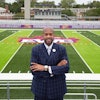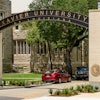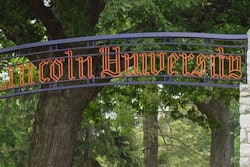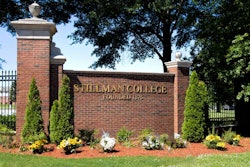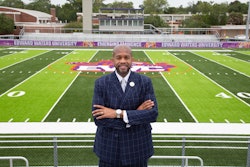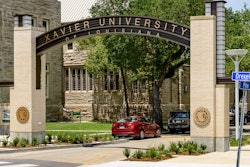Retirement. It’s a word with a wonderful ring, bringing images of afternoons on the golf course or lazy days puttering in the garden. It’s a word that speaks of long stretches of time spent as one pleases, with children, grandchildren and significant others — or of taking those trips always promised and always put off.
And then there are those who take to retirement not as if it were a well-deserved rest, but more of a career second act. Diverse magazine has been talking to people whom we’ve grown to know well over the course of their high-profile careers in higher education, at associations and in the museum world. Hearing that they have stepped down from those positions, we’re eager to know what’s next for them? What is their second act?
Dr. N. Joyce Payne and Kimberly Camp gave us the answers to those questions for this special report on careers. Their answers were so interesting, we plan to make this an ongoing, occasional feature, so please stay tuned.
N. Joyce Payne: Another Level of Awareness
For 25 years, anyone looking for Dr. N. Joyce Payne around the beginning of the annual congressional session would have known exactly where to start: somewhere between her suite of offices on Washington, D.C.’s New York Avenue and Capitol Hill. As director and eventually vice president of the office for the advancement of public Black colleges at the National Association of State Universities and Land- Grant Colleges (NASULGC), Payne’s was a face familiar to the aides and lobbyists working on issues of biotechnology, energy and sustainable agriculture.
As the face of the “1890 institutions,” the Black land-grant universities established under the second Morrill Act in 1890, Payne also worked in close coordination with an alphabet soup of advocacy organizations including NAFEO and UNCF, as well as with a cadre of enlightened leaders of historically Black colleges and universities, especially the late Dr. Clinton Bristow Jr., president of Alcorn State University.


